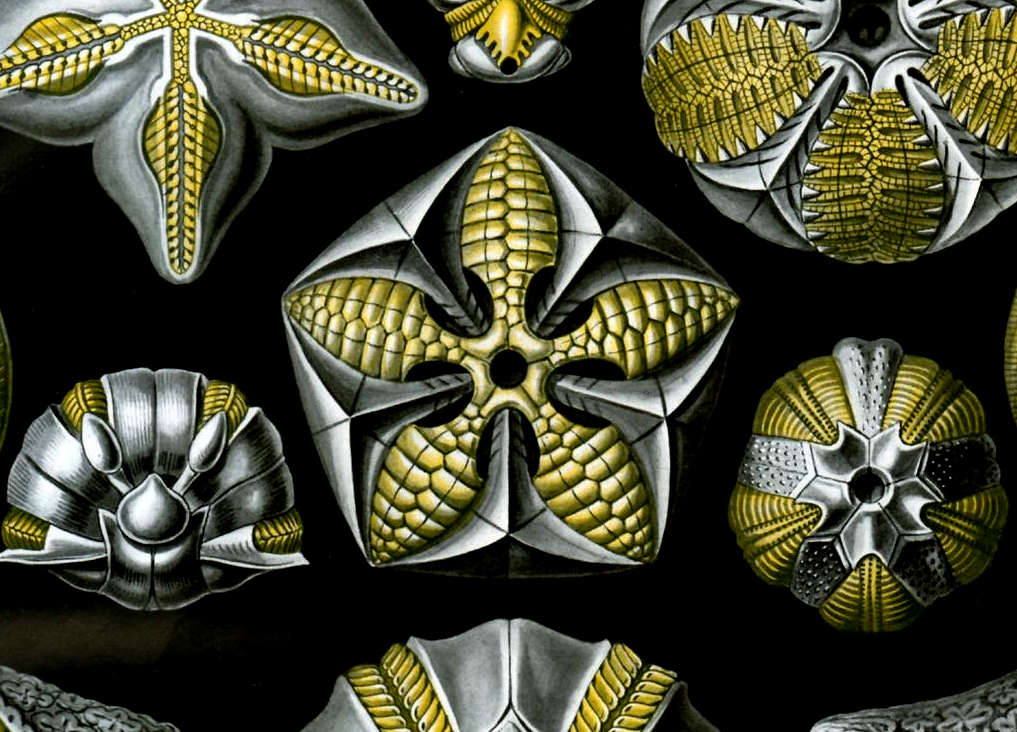Introduction
This site provides an overview of what is to come, introduces some basics, and gives insights into the preservation of fossils.
Below you can find links to a series of websites created for a second year Department of Earth and Environmental Science course on Sedimentary Rocks and Fossils at the University of Manchester. Each site combines the lecture and practical elements of a traditional in-person class.
Scroll down for a description of the course, and then click on a link to begin!
Sedimentary rocks are formed from pre-existing rocks or pieces of once-living organisms; such rocks are an essential part of the geological record and their interpretation, alongside the fossils they contain and are made of, is vital for reconstructing past environments and processes.
This page links to a series of sites that: provide an overview of different fossil groups commonly found as fossils within sedimentary rocks; introduce microfossils; and cover the basics of how we use fossils to date rocks. Hence, below you will find links to an introduction, covering some basics such as fossil preservation, sites for a number of major invertebrate fossil groups, a conclusion covering what has been missed, and then links to sites on microfossils and biostratigraphy. Click on an image below to begin!

This site provides an overview of what is to come, introduces some basics, and gives insights into the preservation of fossils.

Meet trilobites – one of the most successful animal groups prior to their extinction 252 million years ago.

The brachiopds – filter feeding animals with two shells – are still around, but were far more species rich in the past.

Molluscs are an incredibly diverse group of animals, with ancient origins.

Here we get to know corals: important reef builders today, and in the past.

The echinoids – sea urchins, starfish, brittle stars – are a cool group of marine animals, many of which lack bilateral symmetry.

Graptolites are weird. But cool! Learn more about these unusual colonial animals here.

And let's meet a few more groups of fossil – these which are small, and are grouped together for functional reasons.

A brief introduction to some of the principles of biostratigraphy. Coming soon.

What have we missed? This site covers some glaring omissions from these fossil learning resources.